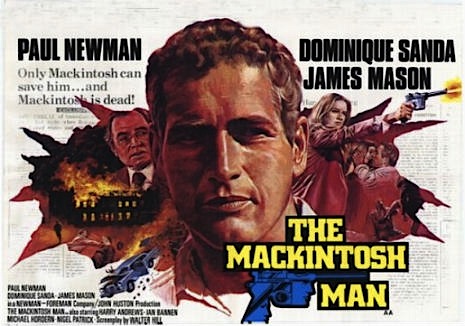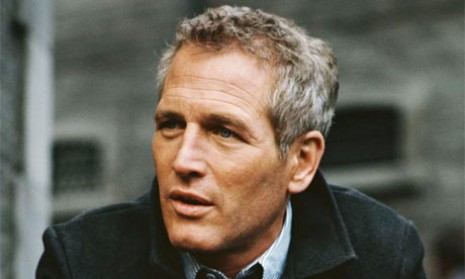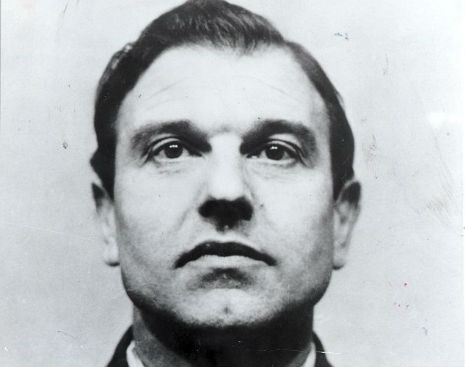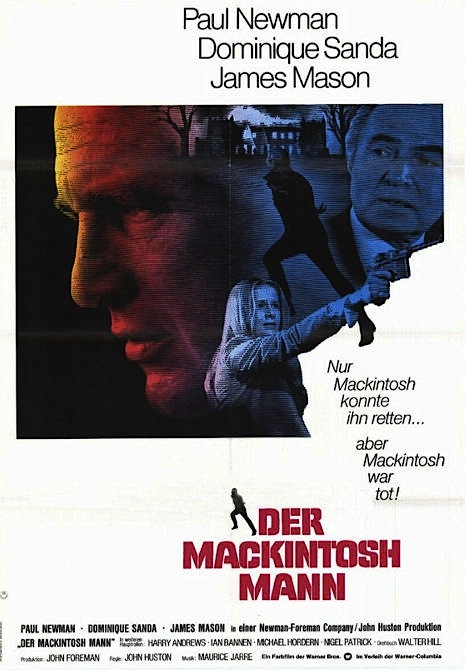
Happy Birthday to Roy Wood - musical genius and founder member of The Move, the Electric Light Orchestra and Wizzard.
From the moment the needle hit the vinyl and the sirens screamed, I was hooked on Roy Wood’s music. His single “Fire Brigade” was 2 minutes of perfect pop with the best opening lyric I’d ever heard
Cast your mind back ten years
To the girl who’s next to me in school
If I put me hand upon her leg
She hit me with a rule.
I’d have to cast my mind back farther than 10 years to recall the girl who sat next or near to me in school. I don’t know what would have happened if I’d put my hand upon her knee, but do know she grew up to be a cop, who made headlines for her sexual shenanigans, and is up before the beak for perverting the course of justice. But, so much is life.
“Fire Brigade” charted in February 1968, and was The Move’s fourth single, it’s a work of sheer bloody brilliance that later helped the Sex Pistols with “God Save the Queen”.
I don’t think Roy Wood has ever received the full respect and recognition his musical talents deserve. Founder of 3 highly successful bands - The Move, The Electric Light Orchestra and Wizzard, and a composer of a jukebox full of hit singles, Wood is as important as Goffin & King, Lennon & McCartney, Jagger and Richards. But where they all had writing partners to bounce ideas off, Wood was on his own. He is one of those rare solo geniuses like Pete Townshend or David Bowie.
Roy Wood was born on 8 November 1946, in Kitts Green, Birmingham, England, He tested his mettle with various bands before forming The Move with Chris “Ace” Kefford, Carl Wayne, Trevor Burton and Bev Bevan. By dint of writing the songs, Wood was the band’s unofficial leader, yet his lack of confidence saw him share lead vocals with Wayne.
Wood was also a multi-instrumentalist, which made him and The Move far more experimental than any of their rivals, and this includes The Beatles. Take for instance, The Move’s first single “Night of Fear”, from 1966, which sampled Tchaikovsky’s 1812 Overture to create a song about the downside of LSD. The subject matter reflected the band’s interests in the pop sherbets - particularly Burton and Kefford, who were “the ones out of their brains on drugs,” as drummer Bev Bevan later recalled.
In 1967, Kefford tripped out of his mind and the band during a fancy dress party at Birmingham’s Cedar Club. As he later told Mark Paytress for the liner notes for The Very Best of the Move:
‘There were all these little men sitting around me with pointed heads and big noses and long fingers that touched the floor. They were with me all night, man. Acid screwed my life up, man. It devastated me completely.’
It wasn’t just drugs that brought The Move national notoriety, their stage show involved the chain-sawing of motor cars, and at one point, long before Punk, they were banned from nearly every venue in the UK.
On the upside, The Move’s popularity led to their single “Flowers in the Rain” used to launch BBC’s Radio 1 in 1967. It should have been a crowning moment, but turned out to be a painful loss. The Move’s original Manager Tony Secunda decided to promote the single with a satirical postcard of then British Prime Minister, Harold Wilson in bed with his secretary, Marcia Williams. The postcard was Secunda’s idea, and had nothing to do with Wood or the other band members. Unfortunately, Wilson sued for libel, and won. All of Wood’s royalties for the single were paid over to Wilson, who donated them to charity - a situation that continues 16-years after Wilson’s death.
In a way, this story captures the essence of The Move, a band more dangerous than The Stones, more original than The Beatles, but too often short-circuited by their own and others’ actions.
The Move followed Wood’s musical direction through psychedelia (“Night of Fear”, “Disturbance”, “Flowers in the Rain”, “Lemon Tree”, “I Can Hear the Grass Grow”), pop (“Curly”, “Omnibus”, “Tonight”, “Blackberry Way”, “Beautiful Daughter”), Heavy Metal (“When Alice Comes Back to the Farm”, “Brontosaurus”) and Rock (“California Man”). These were all stunning songs, but The Move never achieved legendary status because they didn’t conquer America. By the time the US music press did pay attention to the band, it was too late, as John Mendlesohn noted for Rolling Stone in 1971:
“The Move is the most under-rated rock group and deserve to be put in the same category as Led Zeppelin and The Faces.”
Wood had three other careers going by the early seventies. After Trevor Burton left in 1969 and Carl Wayne in 1970, Wood invited Jeff Lynne to join the group, and also suggested starting a second group The Electric Light Orchestra, together with Bev Bevan, which would mix classical music with Rock ‘n’ Roll, and “start from where The Beatles left off”.
For me the sixties finished when When Roy Wood announced the end of The Move and his departure from the Electric Light Orchestra. Thereafter, the ELO was Jeff Lynne’s band, which never realized the potential of Roy Wood’s original idea.
But Wood wasn’t finished yet, he was about to become the Grandfather of Glam with his next band Wizzard - a Brummie fusion of Rock ‘n’ Roll and Phil Spector’s Wall of Sound. The seventies started when Wizzard released their first single “Ball Park Incident”. I can still recall the sensation when I first heard it, an epiphany akin to Jesus walking on the water and turning it into wine. Here was the past and the future all rolled into one.
Wizzard flourished with a series of hit singles and the albums Wizzard Brew (1973) and Introducing Eddie and The Falcons (1974). Then there was Wood’s solo work, firstly the superb album Boulders, originally recorded between 1969 and 1971, and released in 1973. Then the brilliant follow-up Mustard in 1975.
Between 1970 and 1975, Wood recorded 8 hit albums - 3 with The Move (Shazam, Looking On, Message from the Country; 1 with ELO; 2 with Wizzard and 2 as a solo artist. The quality and consistency of these albums is unparalleled, and when compared to the output of Lennon or McCartney at this time, Roy Wood puts the former Beatles in the shade.
From this he deserved to go on to greater success, but his career was drastically cut short by his asshole manager, Don Arden, as Wood explained in an interview with the Sunday Mercury in 2009:
“I was contracted to Don Arden for longer than I should have been,” he sighs. “When I broke away he stopped me from recording in any London studio. I ended up booking in under false names but I was soon recognised.
“He ruined the momentum. After Wizzard it was difficult. People haven’t got very long memories and suddenly you fall out of favour. When that happens it’s really hard to get back if you’re not high-profile. I was working flat-out but to little effect. After that, I was just mucking about with musicians and going into local studios. We had an album called On The Road Again that was originally going to be on EMI but wasn’t promoted at all.”
Sadly, Wood disappeared from the music scene, releasing the solo albums On the Road Again in 1979 and Starting Up in 1985, to little affect. Now, to those in the UK, Roy Wood is generally associated with his 1973 festive hit “I Wish It Could be Christmas Everyday”, rather than as a highly talented musician and performer, and a true pop genius. But, then again, so much is life.
Happy Birthday Roy!
Roy Wood will tour the UK this November and December, details here
The Move “Fire Brigade” - Live 1969
More of Roy Wood’s golden hits, after the jump…

















